Understanding Solar Panel Charging
Many people wonder, How Does a Solar Panel Charge a Battery? Below are some common questions and detailed answers to help you understand the process.
- What is a solar panel made of?
A solar panel is primarily made up of photovoltaic (PV) cells, usually made from silicon. These cells convert sunlight into electricity using the photovoltaic effect. When sunlight hits the cells, electrons are knocked loose, creating an electric current.
- How does sunlight convert to electricity?
When sunlight strikes the PV cells, it energizes the electrons in the silicon material. This absorption of light generates a flow of electricity, which is direct current (DC). The amount of electricity produced depends on the amount of sunlight hitting the panels.
- How does the electricity charge a battery?
Once the solar panel generates electricity, it must be directed to a battery for storage. This is usually done using a charge controller. The charge controller ensures that the battery receives the correct voltage and prevents overcharging. When the solar electricity reaches the battery, it causes a chemical reaction, allowing the battery to store energy.
- What type of batteries are commonly used?
Common batteries used with solar panels include lead-acid batteries and lithium-ion batteries. Lead-acid batteries are often cheaper but have a shorter lifespan compared to lithium-ion batteries, which are more efficient and last longer.
Additional resources:
Is a - Are there any special considerations when charging batteries?
How do I choose a BMS?
BESS Benefits: How Battery Energy Storage Systems ...
How to Choose the Right Lithium Battery for Your Device
Car battery trick: How to buy the 'freshest' battery on the shelf
Exploring the Benefits of Using Charge/Discharge Efficiency of Lithium Storage Battery
Energy Security Hybrid Storage Inverter: Inverter vs. Battery ComparisonYes, it is essential to ensure that your solar panel system is appropriately sized for your battery bank. Overcharging can damage the battery, while undercharging can lead to insufficient stored energy. Using a quality charge controller is vital to protect your batteries during the charging process.
- Can I use solar panels to charge multiple batteries?
Absolutely! Solar panels can be connected to charge multiple batteries, but you must ensure they are appropriately configured with the right voltage and capacity. Series or parallel wiring may be used to achieve this, depending on your energy needs.
Conclusion
In summary, solar panels charge batteries by converting sunlight into electricity through photovoltaic cells. This electricity is then managed by charge controllers to safely charge batteries for later use. Understanding this process can empower you to utilize solar energy more effectively and make informed decisions about solar power systems.
If you want to learn more, please visit our website 3.2 battery, lithium-ion phosphate, 3.2 v lithium battery.
Additional resources:How do I ensure high voltage tolerance in a grid connected inverter?Comparing Lithium Storage Battery vs Residential Energy Storage OptionsiPhone Battery — The 40-80% Lie - Rene RitchieCommercial LED Emergency LightingHow Lithium-Ion Heavy Truck Starter Batteries Work?What are the rules for lithium battery storage?How will AC Coupled Battery Inverters impact renewable energy in Germany?




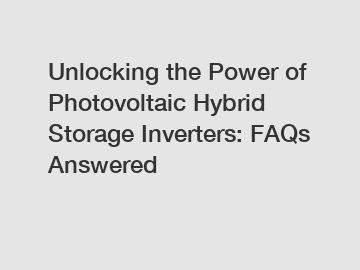
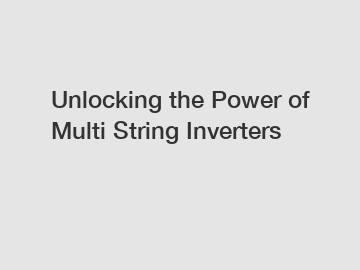
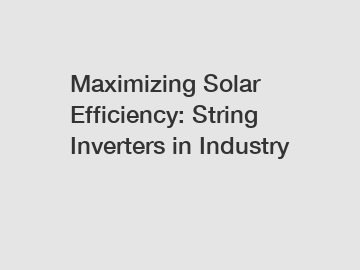
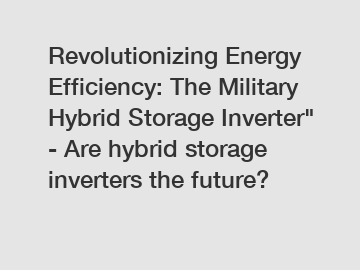
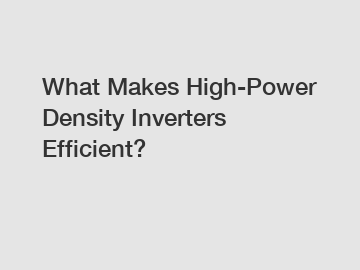
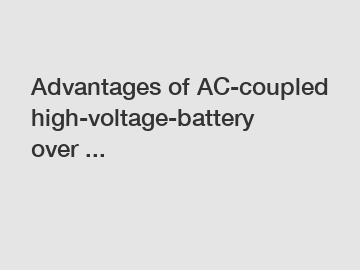
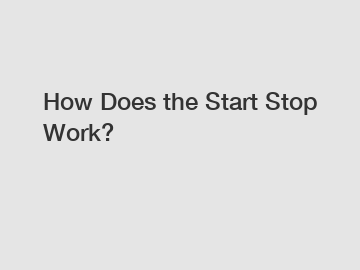

Comments
All Comments ( 0 )